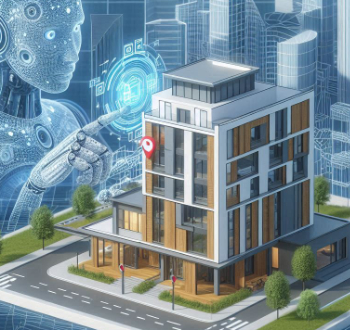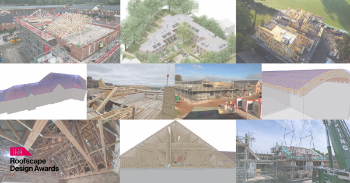Feedback loops
In climate change science, a feedback loop is something that speeds up or slows down a warming trend. A positive feedback loop accelerates a temperature rise, so might be seen as having negative impacts, whereas a negative feedback loop slows it down, so might be seen positively. Scientists have identified several positive as well as negative feedbacks loops in the climate system.
[edit] Negative feedback loops
- As ice sheets melt more, water vapour in the atmosphere increases cloud cover which reflects more incoming solar radiation, less heat absorption on Earth’s surface.
- Higher concentrations of carbon dioxide means plants have greater possibilities for photosynthesis, so the Earth will become greener.However this would not continue indefinitely and temperature change will also effect growth.
- Blackbody radiation means as the Earth's temperature rises it will release more radiation outward, which will have an overall cooling effect.
- The atmosphere can retain more moisture at warmer temperatures, which means higher rainfall, but ocean patterns would change as a result causing rain to fall more in certain places.
- Chemical weathering can create carbon dioxide sinks. Increased levels of carbon dioxide and water increases carbonic acid which is an element of chemical weathering in rocks which is a sink for atmospheric carbon dioxide, this in effect leads to cooling.
- The oceans serve an important role in regulating carbon dioxide by dissolving it in water, as sea levels increase greater volumes are available to regulate to a greater extent.
- Climate models indicate that global warming will reduce the relationship between temperature increase and altitude with height, referred to as the lapse rate. This will decrease the impacts of the greenhouse effect.
[edit] Positive Feedback loops
- As permafrost in areas like the Arctic tundra melt, significant amounts of methane will be released in turn increasing temperature rise.
- As ice melts large areas loose their ability to reflect the sun as they become water, which is darker and absorbs more heat increasing localised temperatures, causing more melting.
- As ice sheets melt, they release freshwater into the oceans which upsets the ocean conveyor belt by slowing downflow in the Atlantic Ocean.
- As sea levels rise, it can increase glacier carving and thus more glaciers are broken into smaller pieces and melt.
- As the heating of bogland occurs in wetland areas, greater levels of methane will be released.
- New unpredictable weather patterns causing drought and extreme temperatures increasing numbers of forest fires and desertification, this reduces the possibilities for forested regions to be carbon sinks.
- Gas hydrates in shallow water, which stores significant levels of methane, as this warms the methane will be released.
See also: Climate feedback.
[edit] Related articles on Designing Buildings
Featured articles and news
Moisture, fire safety and emerging trends in living walls
How wet is your wall?
Current policy explained and newly published consultation by the UK and Welsh Governments.
British architecture 1919–39. Book review.
Conservation of listed prefabs in Moseley.
Energy industry calls for urgent reform.
Heritage staff wellbeing at work survey.
A five minute introduction.
50th Golden anniversary ECA Edmundson apprentice award
Showcasing the very best electrotechnical and engineering services for half a century.
Welsh government consults on HRBs and reg changes
Seeking feedback on a new regulatory regime and a broad range of issues.
CIOB Client Guide (2nd edition) March 2025
Free download covering statutory dutyholder roles under the Building Safety Act and much more.
AI and automation in 3D modelling and spatial design
Can almost half of design development tasks be automated?
Minister quizzed, as responsibility transfers to MHCLG and BSR publishes new building control guidance.
UK environmental regulations reform 2025
Amid wider new approaches to ensure regulators and regulation support growth.
The maintenance challenge of tenements.
BSRIA Statutory Compliance Inspection Checklist
BG80/2025 now significantly updated to include requirements related to important changes in legislation.
Shortlist for the 2025 Roofscape Design Awards
Talent and innovation showcase announcement from the trussed rafter industry.






















